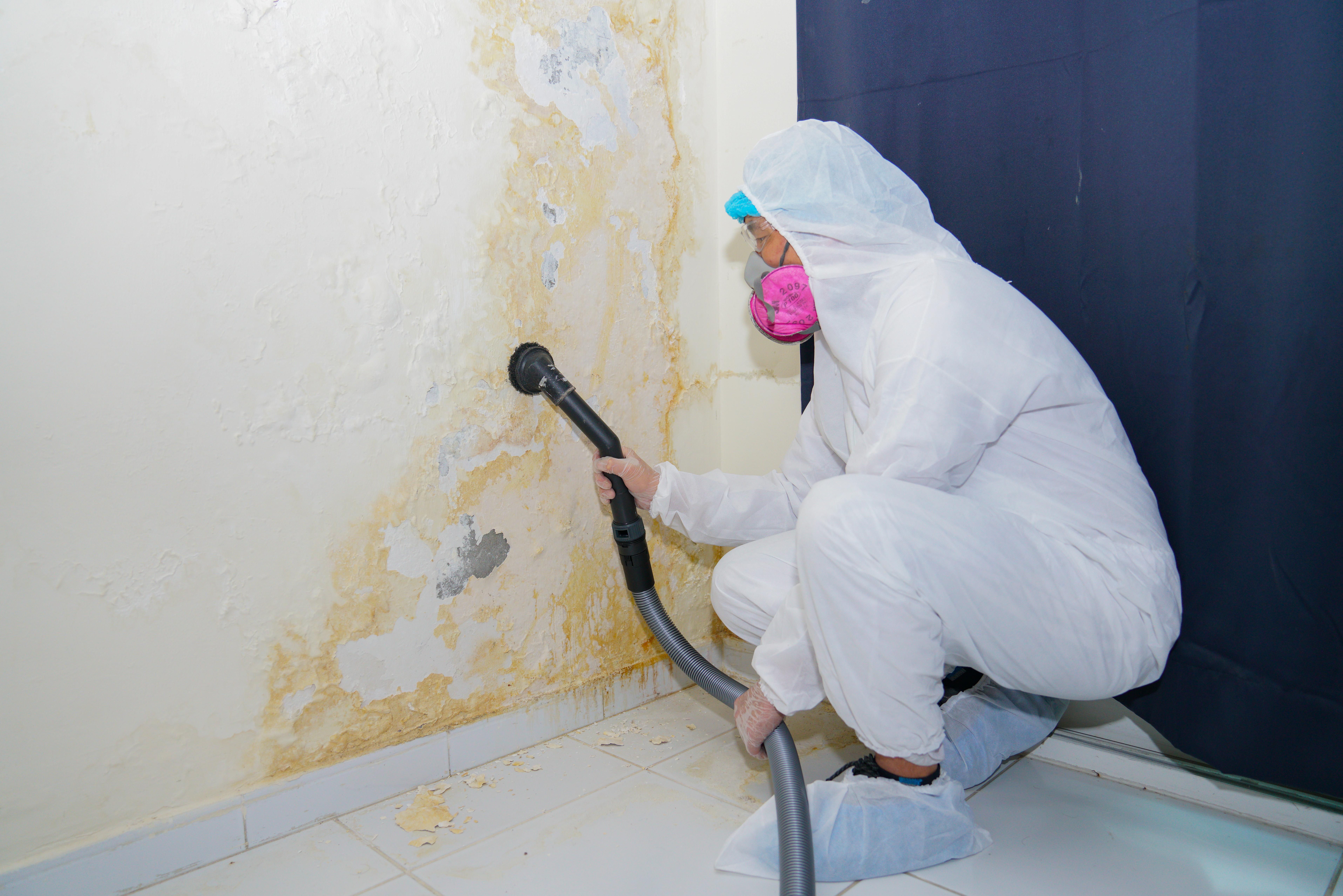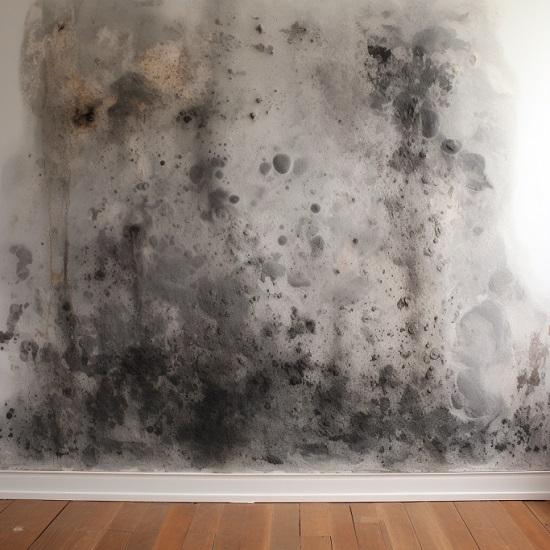Testing Air Quality After Mold Remediation
Testing Air Quality After Mold Remediation
Blog Article
Your Ultimate Overview to Post Mold And Mildew Remediation Strategies
In the results of mold and mildew infestation, recognizing how to properly remove the mold and mildew and prevent its reoccurrence is paramount for maintaining a healthy indoor setting. From picking the best cleaning and sanitizing methods to carrying out techniques for long-lasting mold prevention, each step in the removal trip plays a critical role in ensuring an effective outcome.
Recognizing Post-Mold Removal Process
After finishing the mold and mildew removal process, it is critical to comprehend the post-mold remediation methods that are required to make sure a thorough and efficient clean-up. As soon as the mold has been removed, the following step involves cleansing and decontaminating the impacted locations to avoid any regrowth of mold and mildew. This includes utilizing specialized cleaning representatives to wipe down surface areas and kill any type of continuing to be mold spores. It is vital to dry out the area entirely to discourage the development of mold in the future (Post Remediation verification). Appropriate ventilation and dehumidification can help in this process.
In addition, carrying out a last examination post-remediation is important to make sure that all mold and mildew has been successfully eliminated. If the evaluation reveals any kind of remaining mold and mildew, additional remediation may be required.
Reliable Cleansing and Sanitizing Techniques

Preventing Future Mold And Mildew Development

Importance of Proper Air Flow
Correct air flow plays a vital role in preventing wetness accumulation, a key consider click for more info mold and mildew development within interior settings. Reliable ventilation systems help get rid of excess moisture from the air, minimizing the opportunities of mold spores locating the moisture they require to germinate and spread out. Without ample ventilation, indoor areas can come to be a breeding ground for mold and mildew, bring about possible health risks and architectural Going Here damages.
By making sure appropriate air circulation, ventilation systems can additionally help in drying out wet locations quicker after water damage or flooding cases, even more preventing mold and mildew development. After mold remediation. In rooms like washrooms, cellars, attics, and kitchen areas where moisture levels have a tendency to be greater, installing and preserving effective ventilation systems is vital in stopping mold infestations

Monitoring and Maintenance Tips
Given the critical function that correct ventilation plays in stopping mold and mildew growth, it is critical to develop reliable monitoring and maintenance suggestions to ensure the continued performance of ventilation systems. Routine assessments of air flow systems should be carried out to check for any signs of clogs, leakages, or malfunctions that can restrain correct airflow. Monitoring humidity degrees within the building is likewise critical, as high moisture can contribute to mold and mildew development. Setting up a hygrometer can help track moisture levels and alert property owners to any type of spikes that may need focus. Furthermore, guaranteeing that air filters are on a regular basis cleaned up or replaced is essential for preserving the performance of the ventilation system. Executing a schedule for regular upkeep jobs, such as duct cleansing and cooling and heating system inspections, can help avoid issues before they escalate. By remaining positive and attentive to the problem of ventilation systems, property proprietors can successfully mitigate the risk of mold and mildew regrowth and keep a healthy interior atmosphere.
Conclusion
To conclude, post-mold removal strategies are vital for making certain a click this link clean and secure atmosphere. Recognizing the procedure, executing efficient cleansing and disinfecting methods, stopping future mold and mildew development, maintaining appropriate air flow, and regular surveillance are all vital actions in the removal procedure. By following these guidelines, you can efficiently eliminate mold and mildew and prevent its return, promoting a healthy living or working space for all occupants.
In the results of mold and mildew infestation, knowing how to properly get rid of the mold and mildew and prevent its reoccurrence is critical for maintaining a healthy and balanced interior atmosphere. As soon as the mold and mildew has actually been gotten rid of, the following step involves cleansing and sanitizing the influenced locations to stop any regrowth of mold and mildew - After mold remediation. After eliminating noticeable mold development, it is important to cleanse all surface areas in the damaged area to get rid of any kind of remaining mold and mildew spores. To further improve mold and mildew avoidance steps, it is essential to attend to underlying concerns that originally led to mold development.Given the crucial duty that appropriate air flow plays in stopping mold and mildew development, it is important to establish efficient monitoring and upkeep ideas to guarantee the ongoing performance of ventilation systems
Report this page